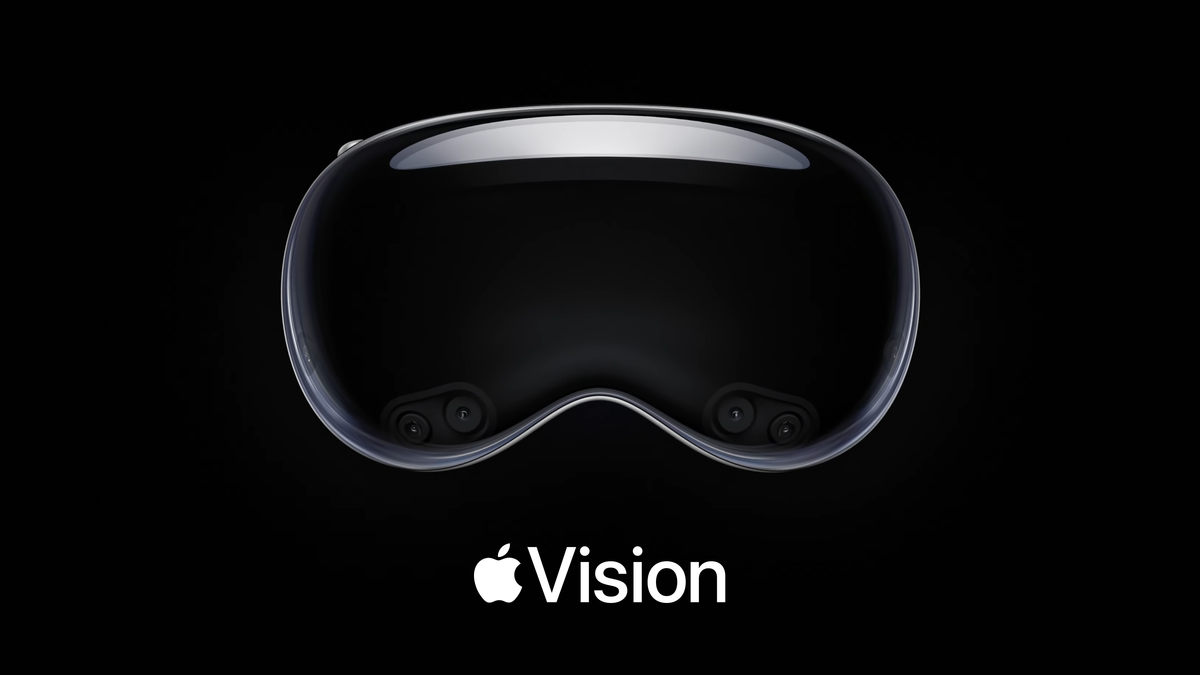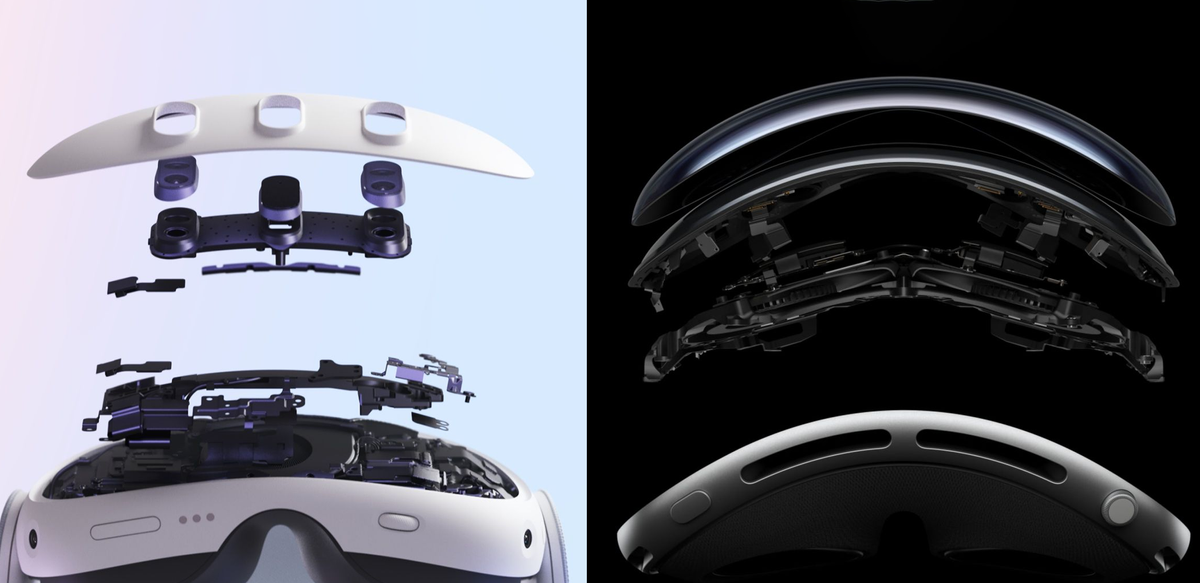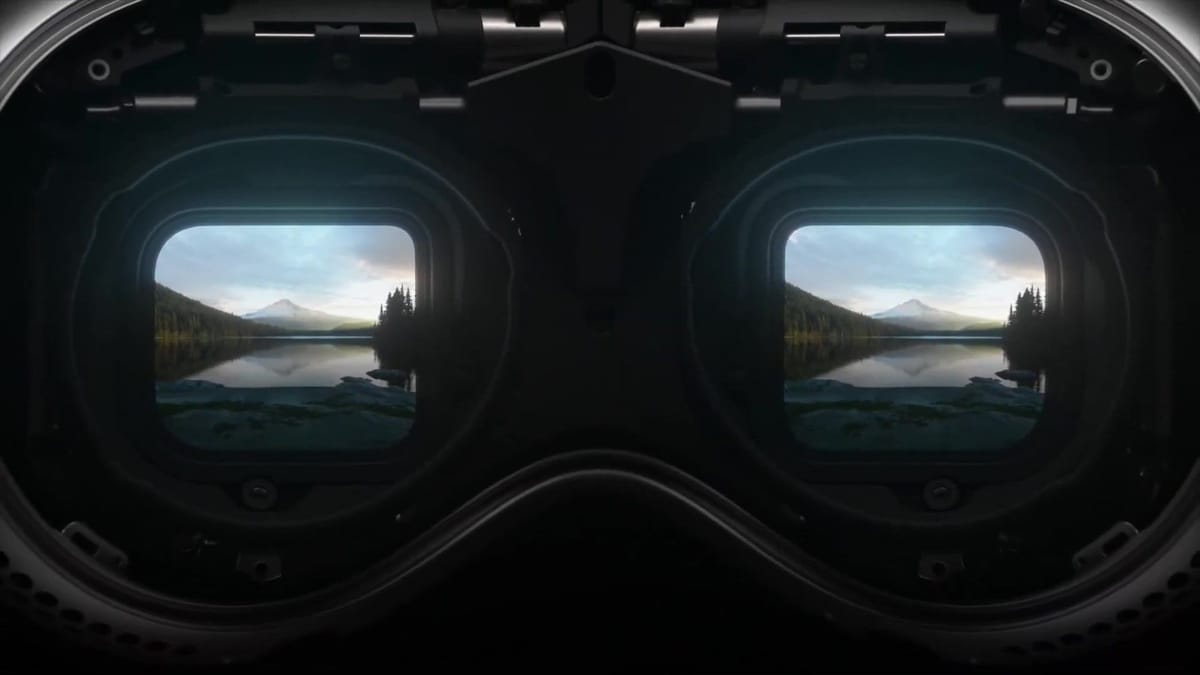Vision Pro 2 is scheduled for late 2026 and Apple is struggling to make a cheaper headset first, Bloomberg's Mark Gurman reports.
Gurman has a strong track record of reporting on Apple's future plans. He reliably reported many details about Vision Pro before Apple officially unveiled or even acknowledged it.
In his latest newsletterGurman writes that Apple's roadmap “does not currently call for a second-generation model until late 2026, although the company is trying to find a way to bring a cheaper version to market before then.”
But as for that cheaper version, he claims that Apple is “still confused about how exactly to bring costs down.”
Cheaper Apple Vision could use an iPhone chip and have no vision
Apple's developing, more affordable Vision headset could use an A-series chipset and lack EyeSight.

Supply chain analyst Ming-Chi Kuo first reported that Apple was working on a cheaper headset a year before Vision Pro was even unveiled, with Kuo saying at the time that Apple was aiming to launch it in 2025.
Last year Gurman too reported about the existence of this cheaper headset, saying it will have an A-series chipset (used in iPhones) instead of an M-series chipset and that the EyeSight display on the front is “probably” will disappear. The A17 Pro in the iPhone 15 Pro models has a 6-core GPU that's about 60% as powerful as the M2's GPU, so it seems reasonable that an A18 Pro or A19 Pro could fill the gap.
In that same report last year, Gurman said Apple “discussed prices ranging from $1,500 to $2,500.” That he now says Apple is “confused” about how to bring the price down suggests that these downgrades won't be enough to meet that price range, or that Apple simply doesn't want to sacrifice features like EyeSight in any headset.
Meta Quest 3 and Apple Vision Pro production costs estimated
A supply chain analytics firm estimated the cost of each component in Meta Quest 3 and Apple Vision Pro.

The biggest expense in Vision Pro is Sony's nearly 4K micro-OLED screens. Estimates put the cost to Apple at $350 per unit, which works out to $700 per headset. Using small LCD screens would reduce costs significantly, but would result in less contrast and require a significantly lower resolution or a much bulkier design, so it's extremely unlikely that Apple would go this route.
The real path to a much cheaper Vision headset depends on the price of high-resolution micro-OLED displays falling over time.
Micro OLEDs are manufactured directly on silicon wafers using a process that is very different from regular OLED. While the technology itself is not new, it has mainly only been used in low-volume products such as high-end camera viewfinders and in some industrial smart glasses, and not at this kind of resolution. Mass production of micro-OLED with this resolution only came online this year. Sony is reportedly Apple's sole supplier, but it can just produce enough for 500,000 headsets this year.
Apple is testing new micro-OLED suppliers for Vision headsets
Apple is reportedly testing new suppliers of OLED microdisplays to increase the production scale of future Vision headsets.

Last year The Information Wayne Ma reported that Apple was testing micro-OLED microdisplays from two additional suppliers, both Chinese, BOE and SeeYa Technology. If the samples meet Apple's standards, Ma wrote, displays from these companies could be used in both the Vision Pro 2 and the cheaper headset.
Apple bringing in new suppliers could enable much higher production volumes than the current Vision Pro, and therefore more affordable prices for Vision headsets. But micro-OLED displays are extremely difficult to produce at high efficiency, so it's still unclear exactly which companies will manage to deliver them at scale while meeting the quality standards companies like Apple expect. Difficulties with BOE and SeeYa samples are adding to Apple's struggle to bring a more affordable Vision headset to market.
